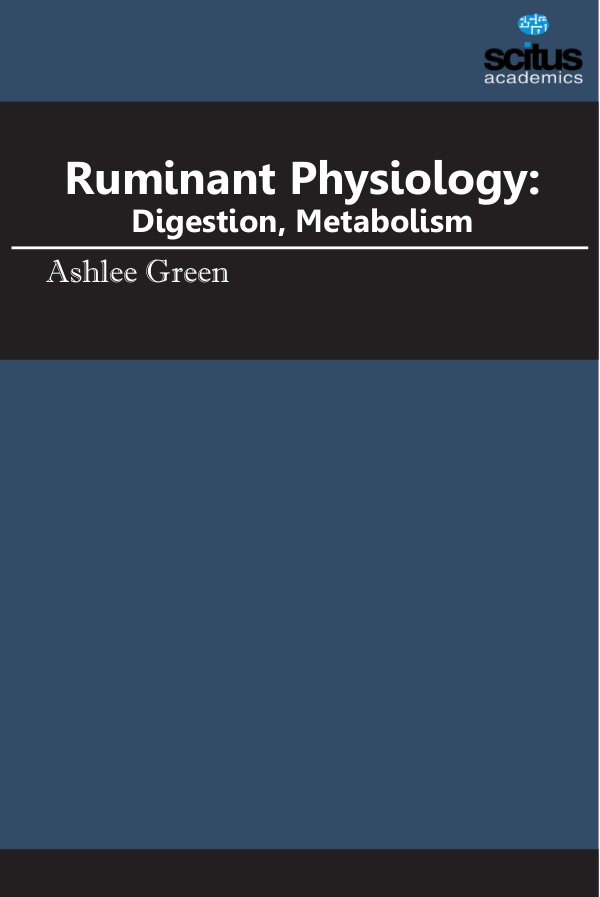Ruminating animals have various physiological features that enable them to survive in nature. One feature of ruminants is their continuously growing teeth. During grazing, the silica content in forage causes abrasion of the teeth. This abrasion is compensated for by continuous tooth growth throughout the ruminant’s life, as opposed to humans or other non-ruminants, whose teeth stop growing after a particular age. Most ruminants do not have upper incisors; instead, they have a thick dental pad to thoroughly chew plant-based food. Ruminants are mammals that digest plant based food by processing it in a series of chambers in their stomachs. There are about 150 species of ruminants, including both domestic and wild species. Ruminating mammals include cattle, goats, sheep, gira_es, bison, moose, elk, yaks, water bu_alo, deer, camels, alpacas, llamas, and antelope. Ruminants are distinguished from other animals by having a four-compartment stomach. The four compartments are called the rumen, the reticulum, the omasum, and the abomasum. The rumen and the reticulum are connected and work in concert and are therefore sometimes called the “reticulorumen”.
Ruminant Physiology: Digestion, Metabolism is a valuable tool of information for researchers, nutritionists, advisors, and advanced graduate students who want to have up-to-date and concise information on ruminant digestive system.













